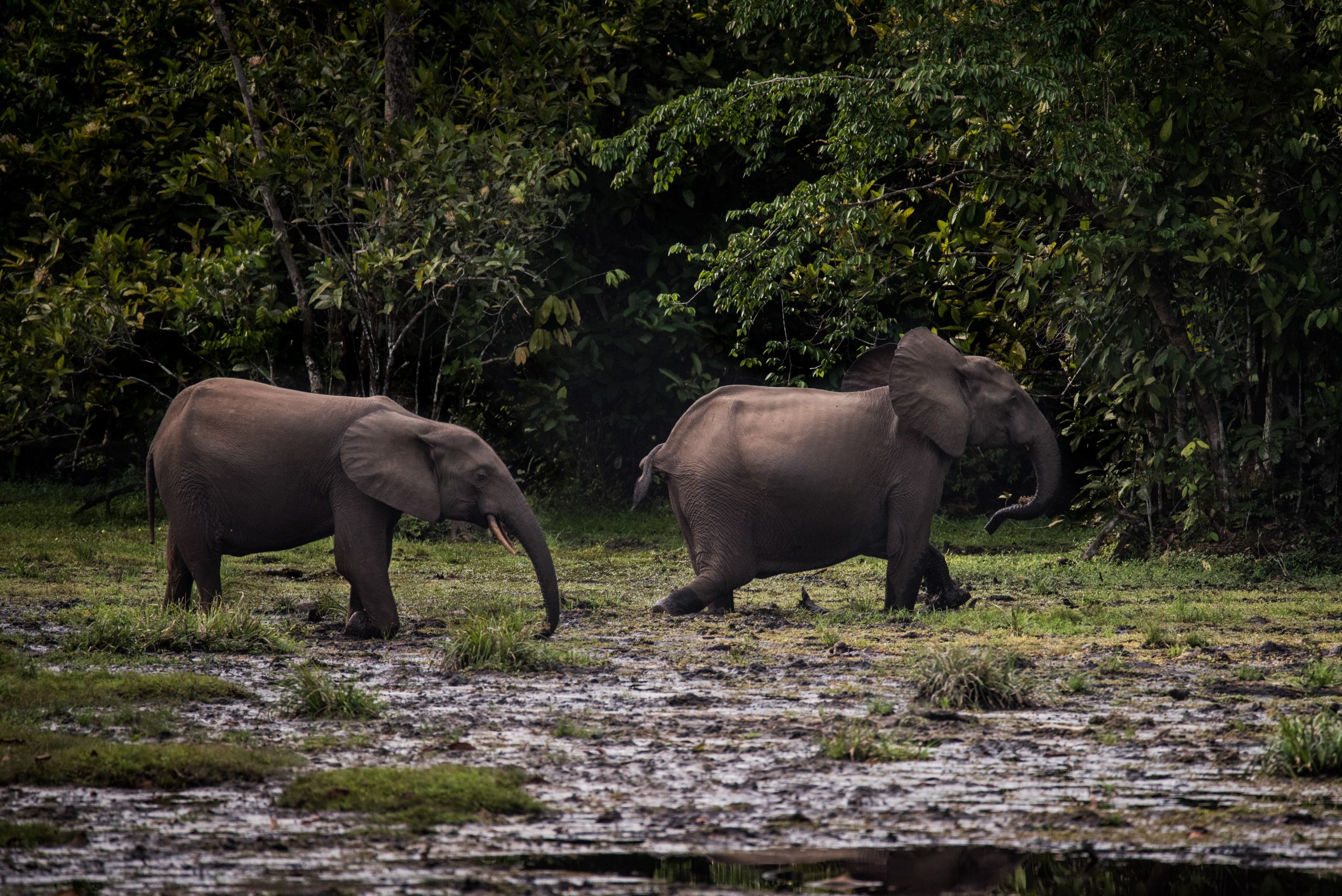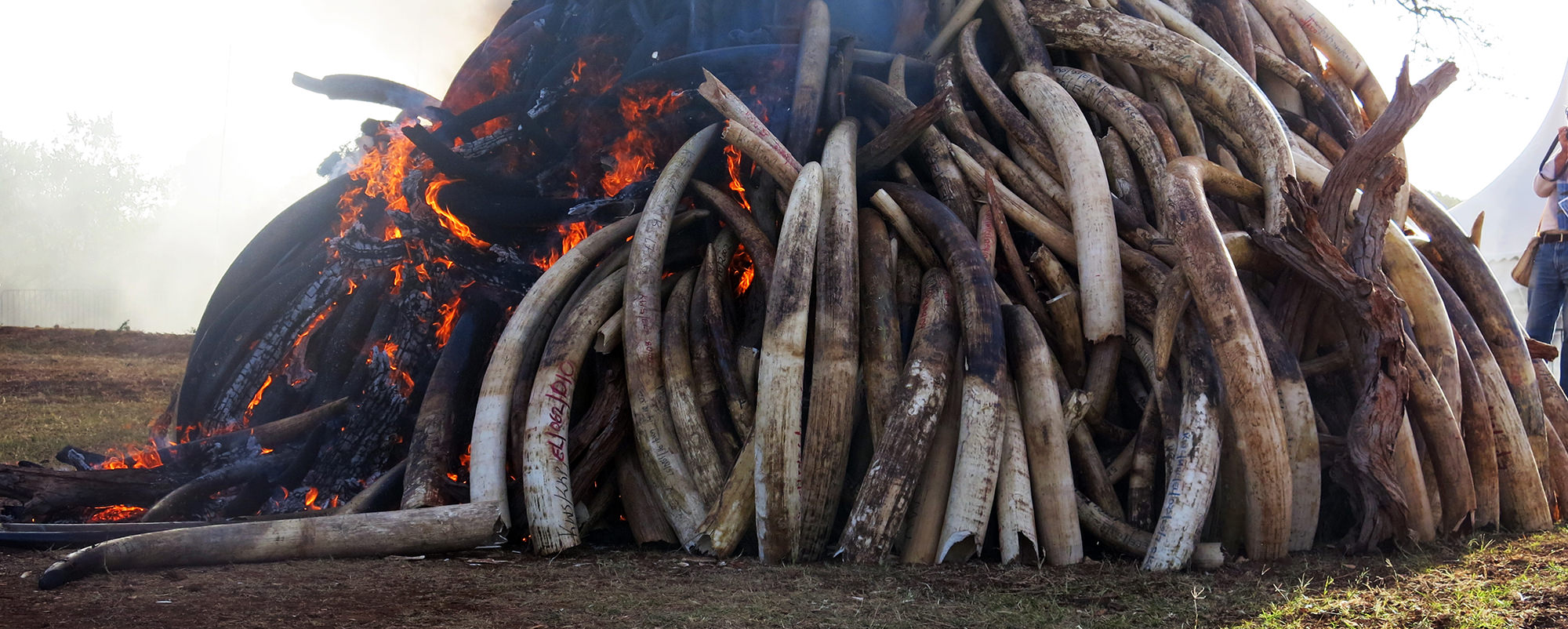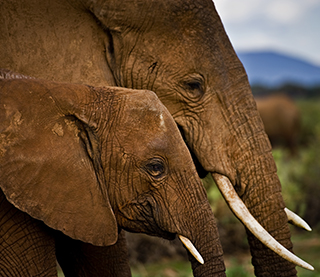
Elephant Crisis Fund
Elephants are fast disappearing from the wild. Without urgent, international action they could be gone within a generation. The Elephant Crisis Fund provides rapid, catalytic support for the most effective projects designed to stop the killing, thwart traffickers and end the demand for ivory. 100% of all donations reach the field.





